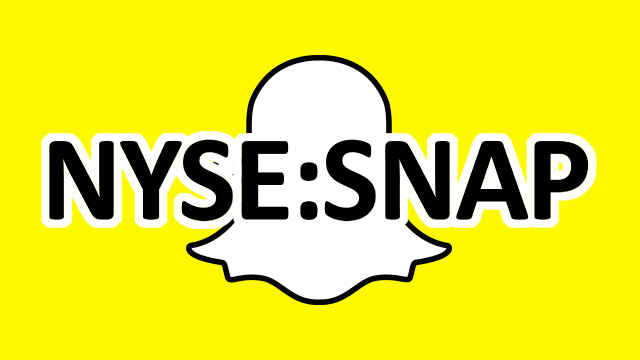Snapchat evolves amid heat from Q1 earnings report.
By Matt Baldwin, PR/Social Supervisor
Fresh off a Q1 earnings report that left many on Wall Street disappointed, Snapchat unveiled a bevy of new features designed to attract new and varied streams of ad revenue. Let’s take a look at some of these updates and what they might mean for advertisers and the future of the platform.
World Lenses
World Lenses is an extension of Snapchat’s Sponsored Lenses, which have allowed advertisers to turn users’ selfies into ads. With the Sponsored World Lenses, advertisers can create content for the rest of the image or video beyond a user’s face, including floating 2D or 3D objects, interactive content and other items.
Implications for Advertisers: Creatively, the options for advertisers has increased exponentially. Not only are brands no longer limited to a user’s face, but they also now have the ability to use the entire background of the image as their creative canvas. Brands will also need to think about how they want to drive users to engage with the interactive features in the ad. For example, Snapchat’s AR application lets users trigger certain objects in the background of the lens, creating some potentially interesting applications for brand messaging to come through.
Audience Lenses
This new feature allows advertisers to buy regionally-targeted lenses (they were previously only available on a national basis), as well as a guaranteed number of Lens impressions for a specific audience. This includes those that are targeted by demographics like age and gender, or those identified as falling in one of Snapchat’s “Lifestyle Categories” – a grouping that’s based on the user’s viewing habits in the Discover and Our Stories sections in the app.
Implications for Advertisers: Targeting, targeting, targeting. Snapchat content can (and should) be created with a highly specific audience in mind. In addition, brands that are relevant only in a specific region can now join in on Snapchat advertising, while national brands now have the opportunity to pinpoint how people in each region talk about their brand and tailor messaging to align with that.
Smart Geofilters
This is an evolution of the popular geofilter feature that allows users to activate branded overlays when they swipe left or right on the camera. Smart geofilters automatically add location information to a nationally available geofilter. For example, they can add their high school/college name, city, neighborhood or zip code to the geofilter.
Implications for Advertisers: Users can now personalize their geofilters based on their location. Advertisers will need to consider ways to integrate this personal information seamlessly into the geofilters they create, as people are far more likely to post content they feel personally represents them.
Self-Serve Ad Manager
Previously, you could only buy Snap Ads through Snapchat’s sales team or third-party ad tools built on the Ads API that often charge a fee. Snapchat is now changing that up and offering a new self-serve ad manager for buying video Snap Ads. In addition to the self-serve platform, they have improved their analytics by offering a new Snapchat Mobile Dashboard for tracking campaigns from your phone.
Implications for Advertisers: In theory, access to a simple ads manager platform should reduce the overall cost of advertising on Snapchat by reducing the man hours and fees associated with it. This change should allow smaller brands with tighter budgets to get involved in advertising on the platform. Additionally, marketers have long complained about the lack of analytics from the platform, so the addition of the Mobile Dashboard is a step in the right direction, as brands and companies seek to prove out an effective ROI from advertising on the platform.
Conclusion: What does this all mean for Snapchat?
Now a public company, Snapchat must keep up with the demands and expectations of investors by continuing to maximize the revenue generated on the platform. I expect the platform to continue to trend towards being more user-friendly and accessible to brands with a range of marketing budgets.
As if the pressure to generate returns for investors wasn’t enough, Snapchat must keep coming up with new features in order to stay relevant. Instagram is once again hot on their tails, having just released what they call ‘Face Filters,’ allowing users to add special effects to their selfies. The new release is almost identical in functionality to Snapchat and is Instagram’s latest attempt to outshine the platform following the release of Instagram Stories last year.
Instagram Stories have been extremely successful, cutting into the usage rates of Snapchat stories and drawing influencers back to Instagram. If Snapchat can’t quickly innovate and offer more new and unique features, along with improved analytics and search features, we may be seeing the decline of a platform that is ultimately at risk for extinction.
More Insights
- April 13, 2017 The rollback of FCC broadband privacy rules.
- March 14, 2017 SXSW Day 4: The top 10 things I’ve learned at SXSW this year.
- March 12, 2017 SXSW Day 3: Here come the bots.
